4 things you didn't know you could do with a digital scanner
Intraoral scanning is great for taking impressions, but it can also be used for a variety of other purposes.
Like stand-up comic Rodney Dangerfield, polyvinyl siloxane gets no respect. Doctors don’t care for its messiness and patients don’t like the way it feels in their mouths. It’s also just not that great at its intended job because it lacks accuracy. Thankfully, intraoral scanning came to save the day, making impressions cleaner, faster and easier.
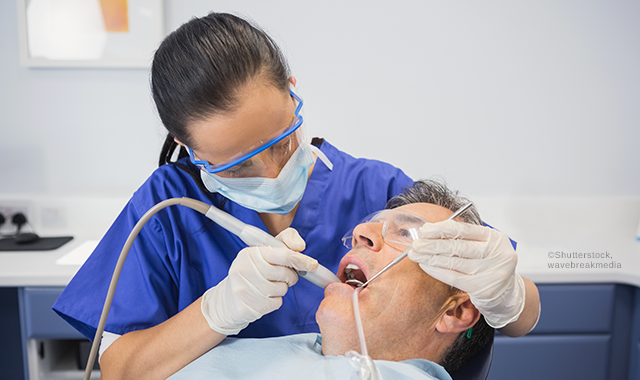
But intraoral scanners can do so much more than take the impressions needed for crowns. Understanding that your intraoral scanner can perform other tasks will open new doors for your practice.
Trending article: The digital workflow with 3M
Click through the slides to learn more.

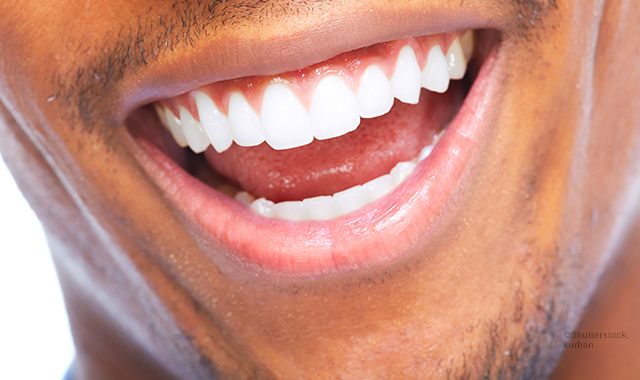
Straighteners
Americans like straight, white teeth, and that is evidenced by the growing popularity of whitening and straightening systems. For straightening, the traditional method was visiting an orthodontist and walking out with a shiny set of braces. But the recent growth of straightening systems is making the process easier, more esthetic and less expensive.
Conventionally, the process was started with a visit to the dentist where an analog impression was taken and sent off to the aligner company. That has improved, thanks to intraoral scanning.
Dr. John Flucke, DDS, technology editor for Dental Products Report, is an iTero intraoral scanner user, and he saw the change when Invisalign’s parent company, Align Technology, bought Cadent, iTero’s parent company.
Related article: What do dental teams REALLY think of digital impressions?
“Their thought process was this,” he begins. “In the original Invisalign system, you would take regular analog, goop impressions, and you would send those impressions to Invisalign where they would pour them up into models. Then, they would scan the models in their facility and do everything based on the impressions you provided. What they found out in doing their research was that if you could do it digitally, if you could actually scan a patient and then just send all the scanned data – both the upper and lower arch – to them, they actually could get better results. It was easier for them to move the teeth and predict what would happen.”
iTero users aren’t the only ones capable of sending intraoral scans to Invisalign. The system is compatible with other scanner manufacturers like 3M’s True Definition and Dentsply Sirona's CEREC. While the system is open to other manufacturers’ intraoral scanners, some features remain proprietary.
“Because Align owns iTero, when we scan the patient, there is a simulation software that is in our iTero software that moves the teeth around and shows the video to the patient,” Dr. Flucke says. “We can show the patient, ‘This is what you look like today,’ and then you hit the button and it creates a video that literally shows the teeth moving in the mouth. And then you can say, ‘This is where we expect you to be if you use Invisalign.’ So, they get an immediate look at what their teeth would look like if they were straight. It’s a nice thing because people go into this saying they want nice, straight, pretty teeth, but they never get a good idea in their mind with their teeth are going to look like.”


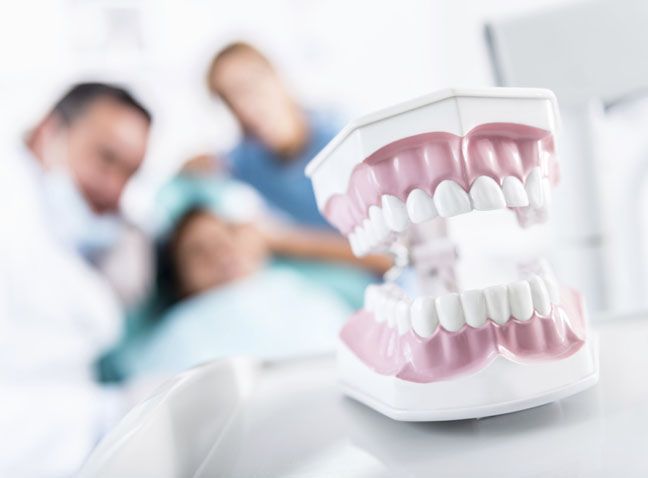
Model making
Models are useful for so many applications, and an intraoral scanner can be used for getting a high-quality, accurate model.
“Dentists are keeping models in their offices if they’re doing diagnostic wax ups,” Dr. Flucke observes. “Other than taking an impression using an old, traditional analog method and pouring it up with stone and then going to work, some people would just prefer to scan the patient’s mouth and then simply have a company send the models back to your office. Then you can do your diagnostic work on those models.”
A benefit of having a third party create the model is that a more durable mock-up is produced.
More from the author: 4 extreme measures taken in the name of infection control
“One of the nice things about the digital systems is when they send you the model back it’s made out of a material that is not stone,” Dr. Flucke says. “It’s a lot more abrasion resistant and they don’t chip.”
A bonus, he adds, is that models are not as delicate and messy as conventional stone models.
“It’s cleaner and it doesn’t dry your skin out when you’re holding them to do lab work,” Dr. Flucke says. “It’s not a big deal, but it is a nice thing to have.”
Further, for practices without a lot of storage space, scanning the patient’s mouth allows a virtual model to be maintained on a server or on the cloud, not a crowded closet or shelf.


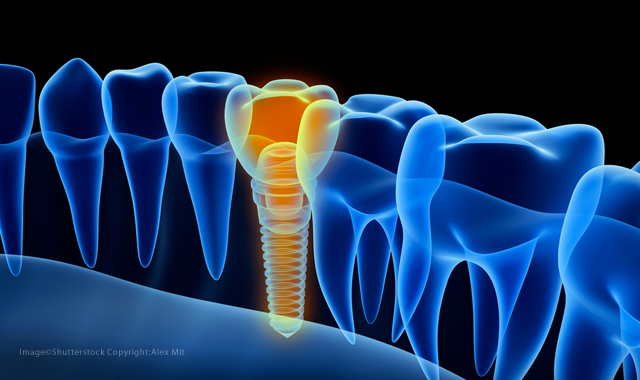
Implant scanning
Digital dentistry has improved doctors’ and labs’ work from improving quality to predictability. But not all of the components came together at the same time. For instance, consider dental implants. Initially, it was difficult to capture the information necessary with an intraoral scanner, but things have since improved.
Trending article: 7 ways to avoid becoming a HIPAA horror story
“A lot of people are now scanning implants bodies and doing treatment planning rather than taking a traditional impression,” Dr. Flucke says. “For a while, one of the things the intraoral scanners did not do very well was deal with implants. So, a lot of times, you got people taking these incredibly high-tech cone beam scans and treatment planning on those, but when they actually went to restore the implant that they’d done all this high-end treatment planning on, they had to reach for the traditional gooey impression materials because there wasn’t an easy way to replicate implants on an intraoral scan.”
Seeing a need for this capability, manufacturers addressed the issue.
“Both the implant companies and the scanning companies have worked really hard to overcome that,” Dr. Flucke says. “So now there are a lot of situations where you can scan for implants as well.”


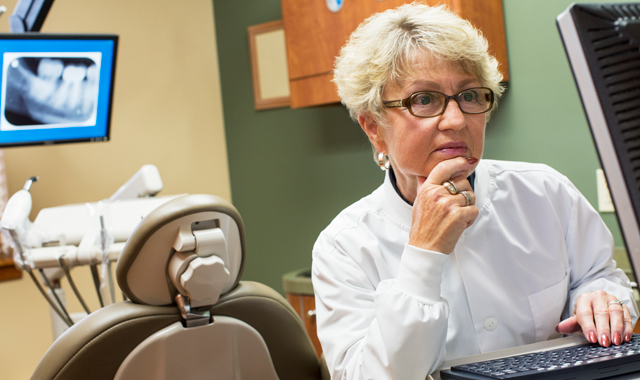
Preventative scanning
Teeth are moving targets. The indications that exist today may or may not have been present at the patient’s last checkup. And, if a doctor wants to keep an eye on something, intraoral scanners are an ideal tool to use.
They can also be used to track the patient’s oral health, allowing clinicians to better show patients where problems exist or even forecast where complications could develop.
For example, doctors who routinely use an intraoral scanner as part of their patients’ prophy appointments can track trends. If a problem is detected, the clinician can go back and check historical scans to assess how and to what degree the problem has changed over time.
Read more: 7 benefits of better oral health
Doctors are able to track and quantify such issues as gingival retraction, bruxism and tooth movement. Those changes can be tracked over time and the doctor can decide whether or not action must be taken – not to mention help them decide on which action is best. Other indications that can be monitored include lesions, staining and decay. Additionally, digital photographs of the teeth can be produced and maintained for optimal oral health monitoring.
And, like the files generated for digital impressions, those scans can be easily stored on a computer and, if need be, shared with specialists.
Intraoral scanners have made the task of impressioning much easier, cleaner and more efficient, but they aren’t just one-trick ponies. Leverage your investment and get the most out of your scanner’s capabilities.
